- In the first half of 2022, spas that had been neglected for years were opened and some tour operators resumed their activities, in addition to a fortnightly flight to Puerto Ayacucho being opened in June. These are the first lights for tourist activity in the southern region of the country. Main photo: Madelen Simó
In the indigenous market of Puerto Ayacucho, a visitor talks about Amazonas as if she were in another country. And it is that its landscapes, its people and its economic and social dynamics can be foreign to the people who live in the central region of Venezuela. Maybe that’s why they call it magic land. That magic is what is trying to resurface in the midst of the economic crisis that the country is still experiencing; Entrepreneurs and tour operators, organized native peoples and an intention of the regional government seek to make way for sustainable tourism and eliminate the stigma that Amazon has had in recent years: a territory won by illegal mining and armed groups.
That is why in this 2022 emblematic spas of the state have been recovered, such as the Tobogán de la Selva and Pozo Azul, tour operators such as Ika Viajes and Terekay resumed the provision of guide services and tour packages, the Conviasa flight returned and presumably has Improved fuel supply.
The route to Amazon
On August 6, a group of travelers began their route in a private car at 5:00 am from Caracas to make good time on the road and be lucky enough to reach Puerto Ayacucho, capital of Amazonas state, in 12 hours.
Leaving Caracas, they passed through La Encrucijada, in the state of Aragua; then Villa de Cura, San Juan de los Morros, Los Dos Caminos, Ortiz, Calabozo, San Fernando de Apure, La Macanilla, Puerto Páez, La Chalana and El Burro until reaching Puerto Ayacucho.
There are at least 20 military checkpoints along this route. In most of them they stop the vehicles, check the luggage and inquire about the destination and reason for the trip. These stops can generate an additional hour of travel.
For this tour in a sedan-type vehicle, 40 liters of gasoline were enough to reach San Fernando de Apure. In this city, at least three service stations with international prices were visited. But that day the gasoline did not arrive, an hour wasted in that search. Fortunately, the companions of another car traveling in a caravan took the foresight to carry fuel in drums and it was possible to stock up to reach Amazonas. The lesson: take this forecast, because gasoline failures persist.
It was 4:15 pm when the group arrived at Puerto Páez, where they had to take the barge (a large boat that transports people and vehicles down the Orinoco River); the wait depends solely on the barge company that decides the time that is most convenient for you to cross, it does not matter if they have enough cars to pass nor is there a formally established schedule to provide this service. The cost per sedan vehicle is 20 dollars, or at the exchange rate in Colombian pesos. They do not give receipt of payment. This arbitrariness is one less point for tourism development in Amazonas.
The executive secretary of the Government of Amazonas, Grisel Silva, was consulted on this issue, and indicated that the regional government has no interference with the barge service.
It is a private company that has its own policies regarding handling to pass vehicles, in which the regional government has no direct interference,” he told El Diario.
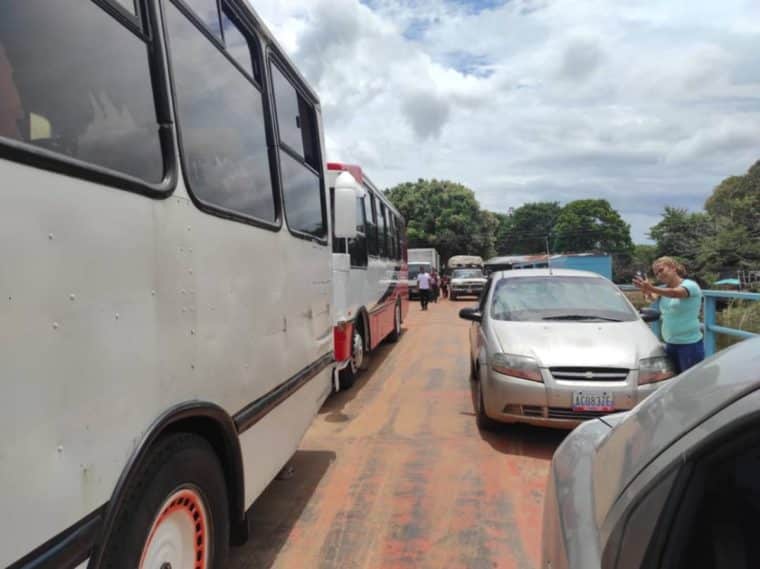
That day the travelers could not arrive at 5:30 pm as planned. The four hours of waiting for the barge to leave did not allow it. At 10:00 pm a sign with the name of Puerto Ayacucho received them at the entrance to Amazonas.
another route
Until May 2022, Amazonas state was only reached by land, but since June a fortnightly Conviasa flight began to operate again, on Mondays. This option is functional to come and go if the stay is for 15 days, but few tourists take this vacation time in one place; most stay a week.
On August 15, the Conviasa flight to Maiquetía left Puerto Ayacucho. The value of the ticket for adults ranges between 40 and 65 dollars, and half that price for children up to 12 years old, according to the airline employee at the Cacique Aramare airport office in Amazonas.
When consulting the residents, tour operators and the regional government, they expressed that they value the return of this flight to the state after three years without operating; however, they expect the frequency to improve. With this alternative you can reach Amazonas in an hour by air.
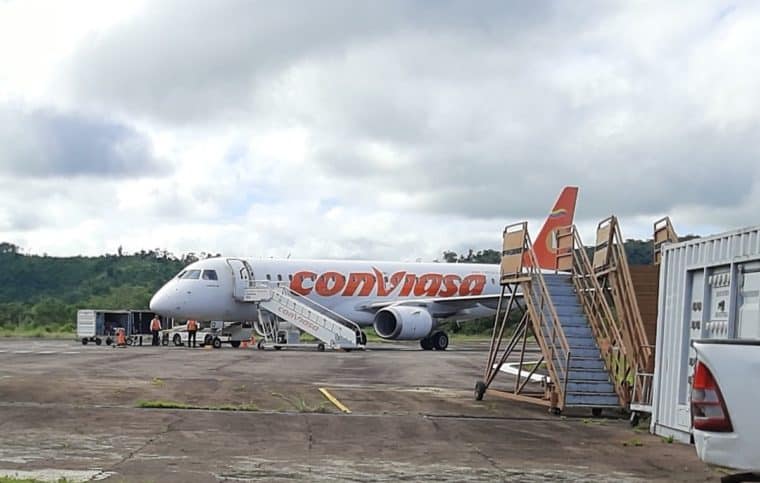
Tourism in Amazonas: between the ancestral and the natural
Despite these difficulties to reach the Amazon state, it is valuable to know this destination, the spirituality and the unique nature that surrounds it is worth the adventure. The greatness of the father river -as the Orinoco is known-, the gastronomy, the sorrowful laughter of the children and the indigenous inhabitants, the kindness with which they open the doors of their homes make tourists feel like family and take a pleasant memory
The inhabitants comment that August is a privileged month for the fishing season to taste a bocón, bocachico or payarita, in any of the native modalities: fried, roasted or the famous ajicero (fish broth with a touch of chili). There is also rain, but not too much so that places with cool weather can be visited; Of course there are mosquitoes, but nothing that a good repellent cannot combat.
It is nature at its best and the recommendation is to be grateful for what it offers, leave the excesses of loud music for other places and take the time to listen to mother earth, even her silences.
These are part of the experiences offered by local tour operators, led by people of indigenous descent. One of them is Ika Viajes, a venture that emerged just before the pandemic and in 2022 they are doing what they like best: extolling their ancestral traditions, promoting love for the jungle and contributing to the diversification of income in the communities. indigenous people through tourism, as specified for The newspaper Yensy Franco, founder of Ika Travel.
According to Franco, they want tourists to connect with native peoples through personalized experiences and expeditions. For this they have two plans: the chejerü tour (deity of medicine according to the uwotüjja people) and the ekoneiva tour (deity of nature according to the jivi people).
The first includes visits and stay in the Atures municipality, the transfer is by land from Caracas and you can visit places such as Petroglyphs of Pintao, Tobogán de la Selva, Ethnological Museum and take a kayak ride. The second plan includes land and river transfer to the Autana municipality, the stay is in several camps, the Autana tree of life is visited, Lake Leopoldo and artisanal fishing is carried out.
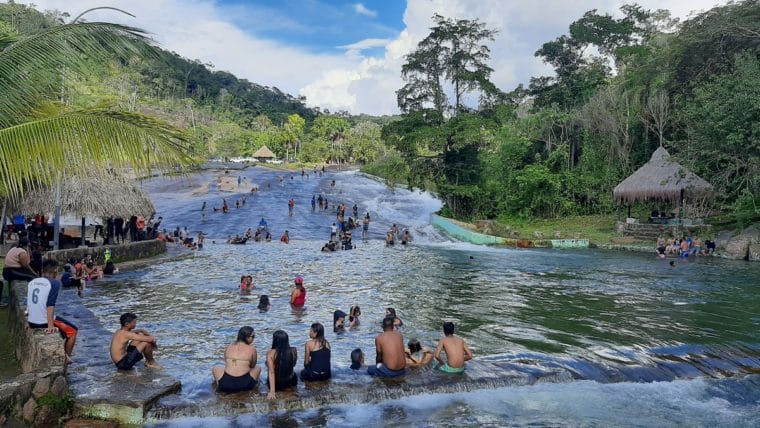
For Yensy Franco, these experiences allow “the tourist to have the opportunity to immerse himself in the worldview of the indigenous peoples and participate in the daily activities of the community such as making casabe, going to the conuco, sailing in a curiara, listening to the stories of the grandparents , walk in the jungle.
A similar experience is offered by the tour operator Terekay, which has a place at the Cacique Aramare airport in Puerto Ayacucho. Currently they work with excursions to the Autana municipality, which is reached by land and in boats that travel the Orinoco River; They prepare them for groups of at least 10 people.
Alejandra Betancourt and Vicente Barletta, members of Terekay, consider that, although tourism in Amazonas is complex to develop due to distances and some limitations, this year they had the visit of several tourists in the first months of the year and in August they were filled with the service they offer.
They added that Amazonas state lacks a lot of infrastructure compared to Bolívar state and its destination Canaima, but it is heading towards greater possibilities.
In this regard, Yensy Franco believes that tourism for Amazonas represents an alternative for sustainable development. “It offers the possibility of diversifying income in the communities involved and strengthens identity.” She added that projects are being carried out to improve infrastructure; however, she pointed out that “the contribution of all the actors of the entity’s tourism system is required to achieve impactful results.”
Spas, trails and community
The Tobogán de la Selva is one of the most emblematic spas in Amazonas. The natural waterfall that flows down a huge stone is the safe destination visited by tourists, it has shacks to rent and spend the day with family or friends, as well as an area to park vehicles. The people of the Jivi community that live around it are the ones in charge of maintaining the place; For this reason, 5,000 Colombian pesos per vehicle are charged for the use of the parking lot, another 5,000 pesos for the use of the churuata, and 1,000 pesos for each visitor.
Since before the pandemic this place was abandoned and could not be visited, but at the beginning of 2022 the regional government together with the community of Coromoto were in charge of recovering this tourist space.
“It is something that was received in a good way and the impact has been seen through the visits of tourists. So far this year we have measured that there are at least 10,000 visitors and tourists continue to arrive. In addition, the same people from the state visit the resort weekly,” said Grisel Silva, secretary of tourism for the state of Amazonas.
On that same highway south of Amazonas, some young people from Inparques at the foot of the Piedra de la Tortuga Natural Monument were working on the recovery to later offer hiking in the place.
“The trails are not yet open, but when the recovery is finished, the route can be done in a 20-minute walk and get to know the enchanted forest and the gallery forest,” explained the young man from Inparques.
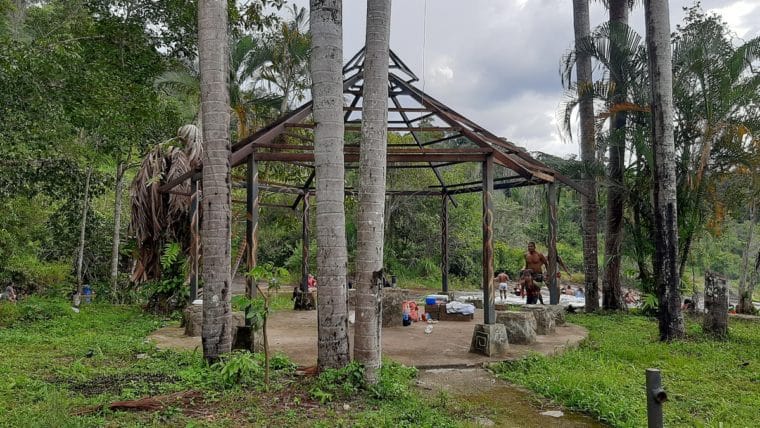
He also added that the small part of the turtle known as sunilapa measures 80 meters in height and the large part called ataruipe measures 250 meters. For the hiking activity, it is planned to climb to the smallest part of the Piedra de la Tortuga monument.
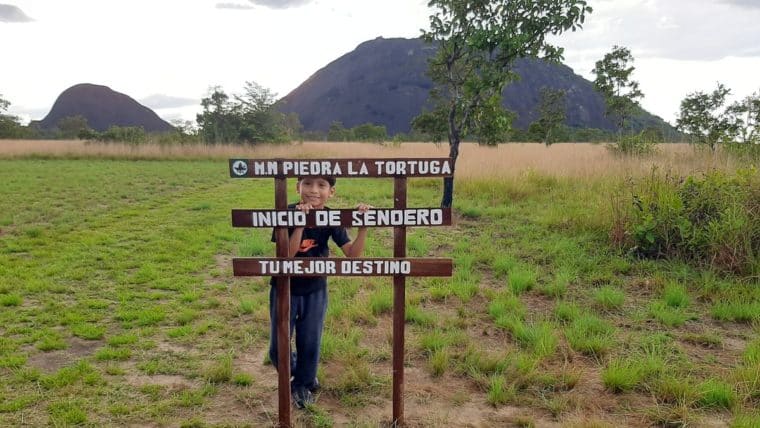
Another of the recovered spaces is the Pozo Azul spa, via the northern highway of Amazonas, which has cabins where you can spend the night, as well as shacks to spend time with the family. The value of parking is 5,000 Colombian pesos per vehicle and the cabins cost 50,000 pesos per day.
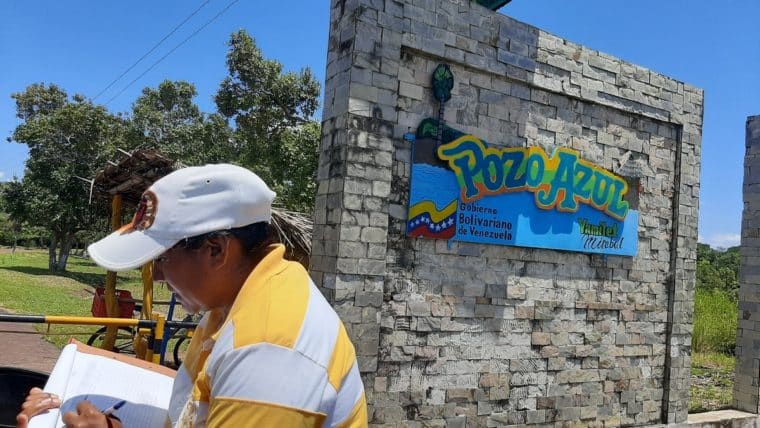
For these spaces, the local government enabled public transport to visit them during the Carnival and Easter season; although for this long vacation period this service was not authorized even for weekends. Another point less for the overcrowding of tourism and greater possibilities for all types of tourists who want to visit the magical land.



